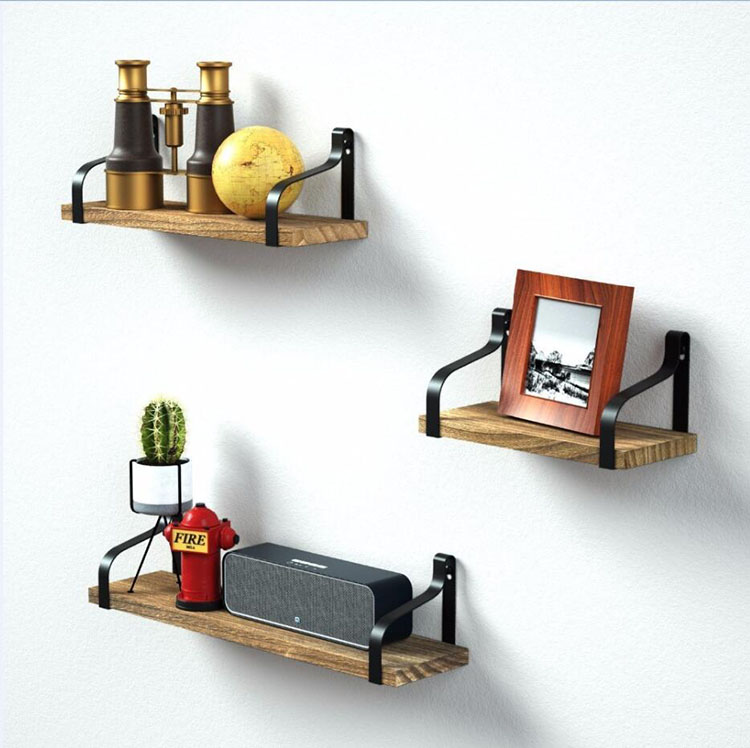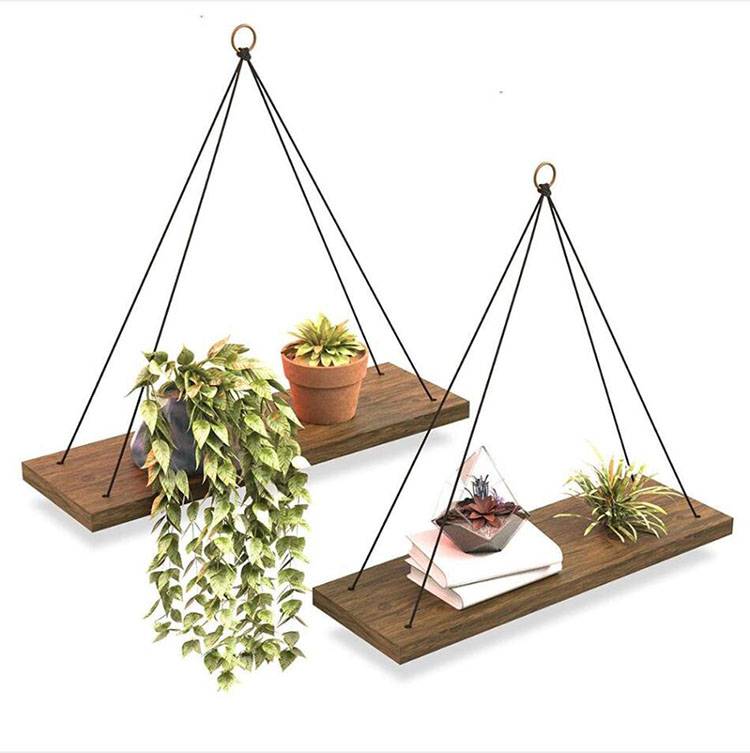The biological microscope should be placed in a dry and clean room to avoid mold of optical components, rusting of metal parts and sticking to dust. After using the microscope, put it back into the box (cabinet), or cover it with a glass cover or plastic cover, and put in the dry operating agent.
Do not disassemble the parts by yourself; insert the eyepiece or Yishang cover to prevent dust from entering the upper part of the lens barrel; do not touch or wipe the lens surface with your fingers. Go, and then wipe with a soft, clean cloth. You can also use lens cleaning paper dipped in a little xylene or petroleum jelly, but be careful not to scratch the lens surface. If the lens has mild mildew and cannot be wiped off with a paper wipe, use a cotton swab dipped in a mixture of 70% ethanol and 30% ethyl acetate to gently wipe.
Biological microscopes should not be placed together with corrosive acids, reduced types or highly volatile chemicals to avoid corrosion and shorten the service life. In principle, when observing specimens containing liquids, coverslips are generally covered; if the liquid contains corrosive chemicals such as acids and alkalis, the surroundings of the coverslips should be sealed with paraffin or petroleum jelly, and then observed . However, because of the microscopic identification of traditional Chinese medicine, such reagents are often used, and it is impossible to seal them all. Therefore, special care should be taken to prevent liquid from flowing onto the stage, and do not get on the objective lens.
The biological microscope should not be exposed to direct sunlight, and should not be placed near the stove or heating, to avoid the excessive cold and heat changes caused by the degumming, deformation or damage of the lens and mechanical parts.
Cleaning the objective lens is limited to the outer surface. After the object surface is contaminated with drugs, wipe it with a piece of mirror paper dipped in a little wiping liquid (do not use ethanol); if the back surface needs to be cleaned, use a soft brush to wipe it, or use a leather tip to absorb the dust.
After using the oil lens, the cedar oil on the lens must be cleaned (you can wipe the lens paper with a little xylene, but note that xylene cannot penetrate into the lens, otherwise xylene dissolves the adhesive between the lenses Make the lens fall off).
The mechanical part is inflexible, you can use fine silk cloth dipped in xylene Shaojun: wipe off the rust and greasy (do not use ethanol, because these solvents will attack the paint), and then lubricate with a little liquid stone clothing; do not twist it too tight To avoid damage.
A shelf is a flat, horizontal plane used for items that are displayed or stored in a home, business, store, or elsewhere. It is raised off the floor and often anchored to a wall, supported on its shorter length sides by brackets, or otherwise anchored to cabinetry by brackets, dowels, screws, or nails. It can also be held up by columns or pillars. A shelf is also known as a counter, ledge, mantel, or rack.[2] Tables designed to be placed against a wall, possibly mounted, are known as console tables, and are similar to individual shelves.

A shelf can be attached to a wall or other vertical surface, be suspended from a ceiling, be a part of a free-standing frame unit, or it can be part of a piece of furniture such as a cabinet, bookcase, entertainment center, some headboards, and so on. Usually two to six shelves make up a unit, each shelf being attached perpendicularly to the vertical or diagonal supports and positioned parallel one above the other. Free-standing shelves can be accessible from either one or both longer length sides. A shelf with hidden internal brackets is termed a floating shelf. A shelf or case designed to hold books is a bookshelf.

The length of the shelf is based upon the space limitations of its siting and the amount of weight which it will be expected to hold. The vertical distance between the shelves is based upon the space limitations of the unit's siting and the height of the objects; adjustable shelving systems allow the vertical distance to be altered. The unit can be fixed or be some form of mobile shelving. The most heavy duty shelving is pallet racking. In a store, the front edge of the shelf under the object(s) held might be used to display the name, product number, pricing, and other information about the object(s).
Wooden Wall Shelves,Toilet Shelf Rack,Home Storage Furniture,Bathroom Organizer Shelf
Jinan Tri-Tiger Technology Development Co., Ltd , https://www.jinanfurniture.com